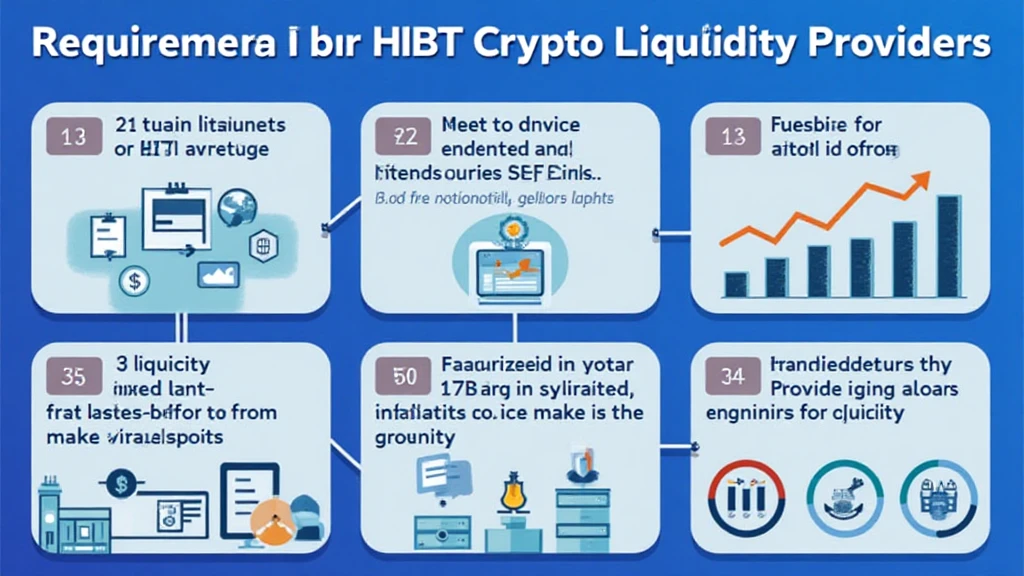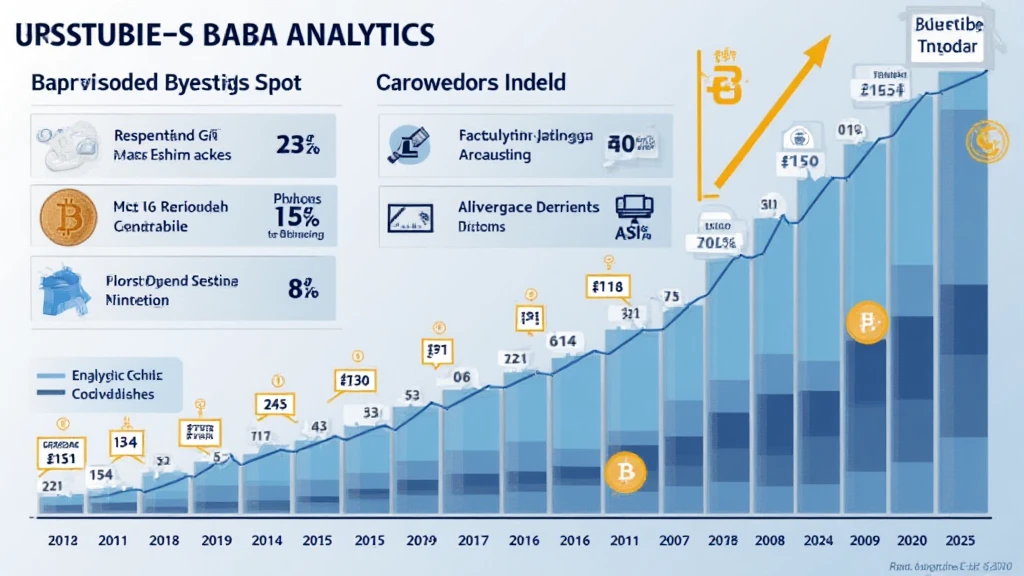Introduction
With approximately $4.1 billion being lost to DeFi hacks in 2024, the importance of robust and secure blockchain networks has never been more pressing. As Bitcoin continues to dominate the cryptocurrency space, understanding the challenges surrounding its network upgrades is crucial for developers, investors, and users alike. In this article, we’ll delve into the obstacles faced in Bitcoin network upgrades, the implications for the future, and how emerging technologies aim to address these issues.
The Importance of Network Upgrades
Upgrading the Bitcoin network is akin to upgrading a bank’s security system. Just as a bank must evolve to stay ahead of threats, Bitcoin must adapt to combat potential vulnerabilities. Upgrades are designed to enhance transaction speeds, improve security protocols, and introduce new features that increase usability.
- Transaction Speed: As the number of transactions increases, so does the need for faster processing times.
- Security Enhancements: Upgrades can address vulnerabilities detected in previous versions of the software.
- User Experience Improvements: Features like Schnorr signatures allow for advanced privacy and efficiency.
Consensus Mechanism Vulnerabilities
One of the core challenges in upgrading the Bitcoin network lies within its consensus mechanism. Currently, Bitcoin utilizes Proof of Work (PoW), which requires immense computational power and energy. The potential for centralization of mining operations poses a threat to its decentralization.

To illustrate, consider how a bank might centralize its operations to improve efficiency. However, this would compromise customer trust. Similarly, any potential centralization within Bitcoin could lead to vulnerabilities that hackers may exploit.
Scalability Issues
Scalability is another hurdle that Bitcoin faces during upgrades. With the introduction of the Lightning Network, which facilitates off-chain transactions, Bitcoin can handle more transactions. However, the implementation of such solutions presents complex technical challenges, including:
- Maintaining privacy for users while ensuring transaction efficiency.
- Securing off-chain transactions against potential attacks.
Coordination Among Stakeholders
The Bitcoin network comprises diverse stakeholders, including miners, developers, users, and investors. Coordinating a consensus on upgrades involves navigating various interests, which can stall progress or result in forks.
Like organizing a large public event, securing agreement among all parties can be difficult, especially when everyone’s priorities differ. A lack of consensus can lead to contentious forks, impacting market stability.
Real-World Impact of Upgrades
Let’s break it down: network upgrades significantly influence Bitcoin’s ability to compete with emerging altcoins and blockchain technologies. Some recent upgrades, such as SegWit and Taproot, have already made a difference. Data shows that:
| Upgrade | Impact on Transactions | Implementation Date |
|---|---|---|
| SegWit | Increased transaction speed by 50% | August 2017 |
| Taproot | Enhanced privacy features | November 2021 |
According to Chainalysis, Bitcoin transaction volume in Vietnam has seen a staggering increase of 300% in 2023 alone, illustrating the urgency for upgrades to meet user demand.
The Role of Developers and Community Engagement
Developers play a pivotal role in the Bitcoin ecosystem. Engaging the community is essential for not only gathering feedback but also ensuring that proposed upgrades reflect users’ needs. Tools and forums for community discussions pave the way for enhanced transparency and collaboration.
Consider the example of an open-source project where developers need consistent user feedback to iterate effectively. Without community involvement, projects may stray from intended goals and implementations.
Looking Ahead: Future Challenges and Directions
As we look ahead to 2025 and beyond, Bitcoin will surely encounter evolving challenges. Possible future obstacles include:
- Regulatory Issues: How will governments respond to growing adoption and technological complexity?
- Emergence of Rival Technologies: Which new technologies could disrupt Bitcoin’s dominance?
- Sustainability: How can Bitcoin reduce its carbon footprint amid growing environmental scrutiny?
For developers, understanding these potential challenges will be critical. Engaging with newer blockchains while also addressing Bitcoin’s unique issues will require creativity and persistence.
Conclusion
In summary, the Bitcoin network upgrade challenges signify crucial engagements in enhancing the efficiency, security, and usability of this leading cryptocurrency. As the digital landscape evolves, so must Bitcoin, ensuring it remains a viable, trustworthy option for users globally and particularly in emerging markets like Vietnam, where cryptocurrency adoption is rapidly growing.
To stay updated on developments and insights regarding Bitcoin and other cryptocurrencies, visit cryptocoinnewstoday.
Author: Dr. Alex Nguyen, a blockchain researcher with over 15 publications in cryptocurrency technology and a significant contributor to notable auditing projects in the blockchain sector.





